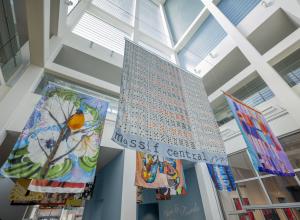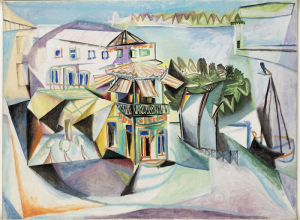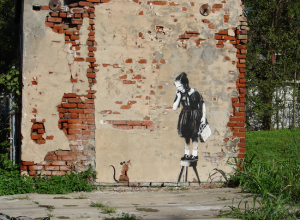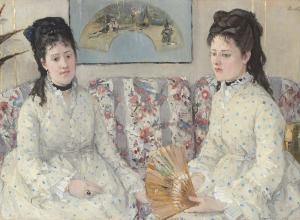Paul Mpagi Sepuya: So much has changed since then. There is a straightforwardness to making pictures that perhaps has remained important. But, I don’t think there’s a consistent aesthetic throughout when you look at it all together, from early 2000s portraits followed by abstractions and text, early studio works, the prints of scanned working material, bound books of ephemera and notations, and then return to the studio.
And even in the past ten years of the “return to studio,” I’ve been interested to see how the aesthetic of projects change over time in ways that I cannot have planned.
KDH: I know that community is a big part of your practice and that many friends and colleagues appear in your photographs, in this case Dark Room series (2016–21), as featured in your new monograph. Can you talk about what it means to photograph someone you know versus a complete stranger? What is it like when you insert your own body into that frame?

































